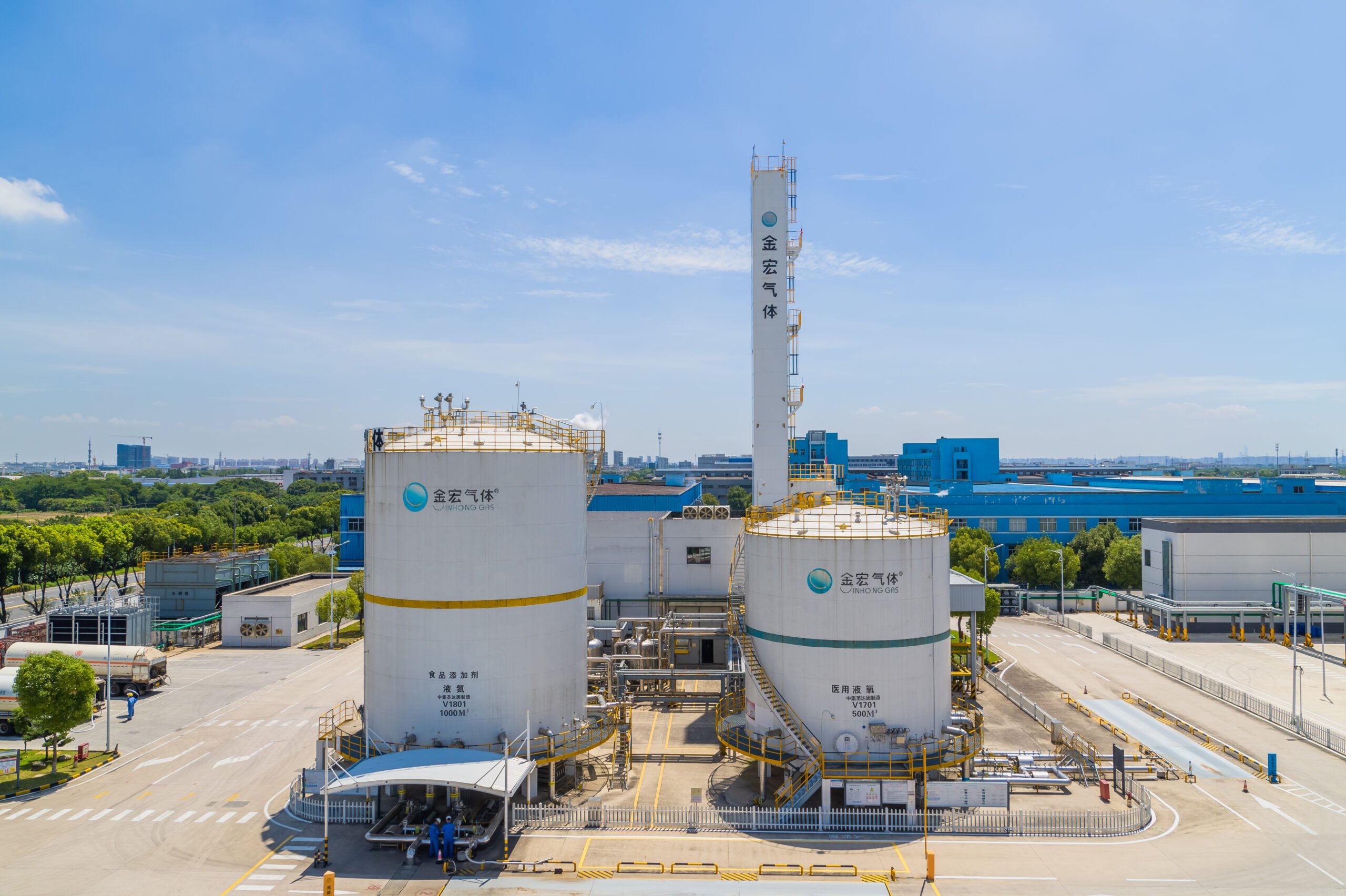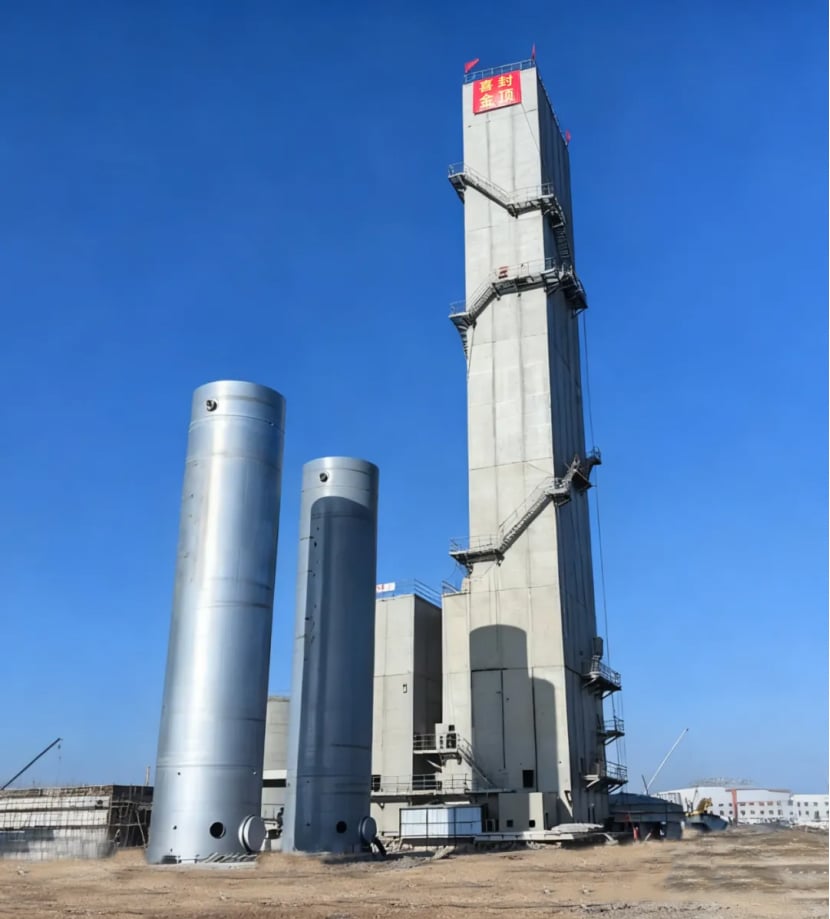Historical Background of Ethylene Oxide (EO)
| Year | Milestone |
|---|---|
| 1859 | Ethylene oxide was first discovered by Charles Adolphe Wurtz. |
| 1920s–1940s | Widely used as a fumigant and pesticide in the food industry (e.g. spices). |
| 1940s–1950s | EO was experimentally proven effective for sterilizing medical/lab equipment. |
| 1950s–1960s | First commercial EO sterilizers developed for routine hospital use. |
| Present | EO is used to sterilize 57% of medical devices (excluding steam sterilization). |

EO Sterilization: The Gold Standard in Low-Temperature Sterilization
Advantages:
- Highly Effective Sterilization
EO has been used for over 50 years to efficiently kill spores, fungi, and viruses. - Exceptional Penetration Ability
Capable of sterilizing devices with complex structures, including lumens. - Superior Material Compatibility
Does not damage instruments or packaging. Offers flexible packaging options and cost-effective solutions.
How Ethylene Oxide Sterilization Works
EO sterilizes by alkylating the DNA and proteins of microorganisms, which inhibits their ability to reproduce.
(Visuals or diagrams recommended in this section to show molecular interaction)
Types of EO Sterilizers (Based on YY0503-2016 Standard)
| Type | Volume | Application |
|---|---|---|
| Class A | > 1 m³ | For industrial production of medical devices. |
| Class B | < 1 m³ | For clinical or hospital-based sterilization. |
EO Sterilization Process Overview
The typical EO sterilization cycle includes:
- Pre-conditioning – Adjusting temperature and humidity.
- Gas Injection – Introduction of EO gas into the chamber.
- Exposure – Holding phase to allow EO to act.
- Aeration – Removal of residual EO from devices and packaging.
(Diagrams recommended for visualizing the steps)
Key Factors Affecting EO Sterilization Effectiveness
1. EO Gas Concentration
| Concentration (mg/L) | Effect |
|---|---|
| 450–800 | Most commonly used and effective range. |
| Up to 1500 | Higher concentration increases speed up to a point. |
| > 1500 | No additional sterilization benefit observed. |
- Increasing EO concentration can reduce sterilization time if other conditions are constant.
2. Temperature
- Higher temperatures enhance EO’s chemical reactivity and penetration.
Every 10°C increase in temperature cuts the required sterilization time roughly in half.
| Temperature Range | Typical Use |
|---|---|
| 38°C – 60°C | Standard EO sterilization. |
3. Relative Humidity (RH)
- Water is essential for EO’s reaction with microbial DNA.
- RH helps EO gas penetrate deeper and heats materials to the target sterilization temperature.
| RH Range | Sterilization Effect |
|---|---|
| 30–35% (ideal) | Most effective and consistent results. |
| 30–70% (functional) | Sterilization possible but may vary. |
| <30% | Significantly reduced EO effectiveness. |
Note: Microorganisms in dry environments are more resistant.
4. Exposure Time
The probability of microbial survival decreases with increased exposure time.
Under fixed conditions (e.g., EO 700 mg/L, 50°C, 50% RH), longer exposure results in better sterilization performance.
(Insert chart showing time vs. spore survival rate)
Challenges of EO Sterilization
| Challenge | Explanation |
|---|---|
| Toxicity | EO is a known toxic and potentially carcinogenic substance. |
| Residual EO | Devices may retain EO gas post-process, requiring proper aeration. |
| Long Aeration Time | EO off-gassing requires time, leading to slower production or hospital turnover. |
Best Practices for Safe and Effective EO Use
- Choose Certified EO Sterilizers
- Ensure the system is leak-proof and meets regulatory safety standards.
- Proper Installation & Handling
- Avoid human exposure and ensure EO does not contact skin or eyes.
- Minimize Residuals
- Use appropriate load configurations.
- Ensure sufficient aeration time post-sterilization.
- Capacity Planning
- Ensure enough sterilizers are available to meet healthcare or industrial demand.
Trusted Gas Supply Partner: Jinhong Gas
To ensure the highest quality and safety in our EO sterilization processes, we partner with Jinhong Gas, a leading industrial gas supplier in China. With extensive experience in the production and distribution of high-purity gases, Jinhong Gas provides reliable, stable, and certified ethylene oxide (EO) and related gases that meet stringent medical and industrial standards.
Their commitment to product quality, safety compliance, and timely delivery allows us to maintain consistent sterilization performance and operational efficiency.
By sourcing from a reputable supplier like Jinhong Gas, we not only ensure process integrity but also reinforce our commitment to patient safety and product reliability.



